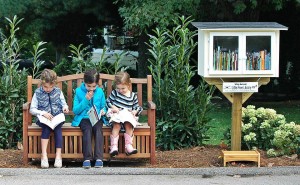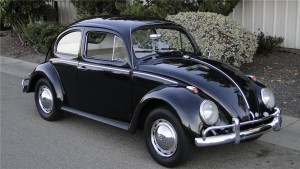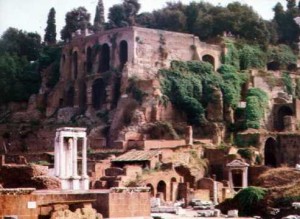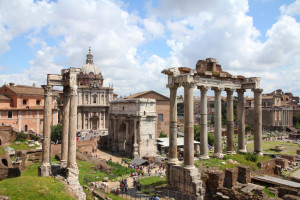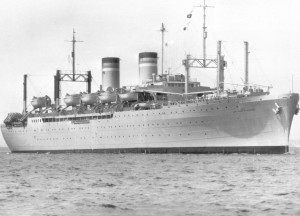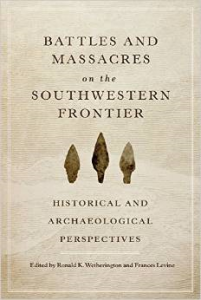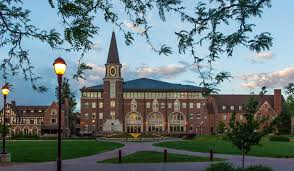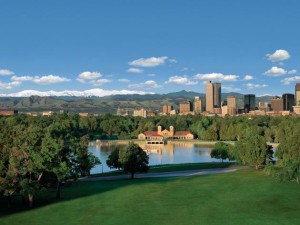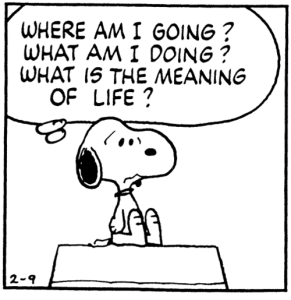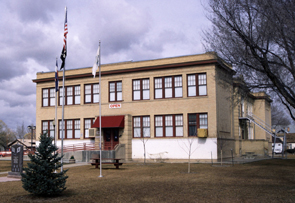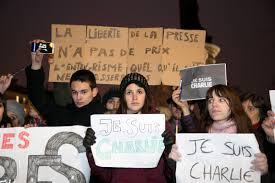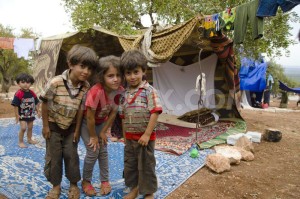Little Free Library
Have you seen them? These cute and brightly painted little houses are to be found in front yards all over town. Bigger than a birdhouse, but much too small for a child’s playhouse, Little Free Libraries are popping up everywhere. In fact, pretty soon Bill and I are going to have one in our front yard too!
Can you tell that I am excited? I first ran across the Little Free Library concept on line sometime last fall. As soon as I read about them, I knew I had to have one. A career as a librarian always came up on the Strong Vocational Interest test when I was in school, and now I am finally going to be one.
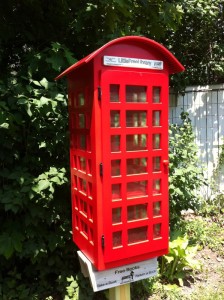 Right now our Little Free Library is sitting on a table in our new garage waiting for the final coats of bright red paint and protective glaze. While the snow flies, it is too cold to paint. Instead, I turn to my advance review copy of The Little Free Library Book by Margaret Aldrich (Coffee House Press, 2015).
Right now our Little Free Library is sitting on a table in our new garage waiting for the final coats of bright red paint and protective glaze. While the snow flies, it is too cold to paint. Instead, I turn to my advance review copy of The Little Free Library Book by Margaret Aldrich (Coffee House Press, 2015).
If I can’t paint, I can read about other LFL librarians around the world who are finding so many pleasures in establishing small colorful libraries and sharing a love of books and reading with friends, neighbors and passing strangers. I’ve learned that I wouldn’t have a chance to join this global community if not for Todd Bol of Hudson, Wisconsin who built the first library in 2009 as a memorial to his book loving mother. His library is No. 1. Ours, received in January, 2015, is No. 21,265.
My favorite thing about this book is the many photographs of LFLs set up along city streets, suburban lawns and country roads from Bellingham to Bogota and other unexpected places around the world. Many are elaborately decorated and embellished, but others are created out of found objects like discarded kitchen cabinets and even old microwaves.
Another exciting thing about the libraries is their power to build community. Some librarians (they are called “stewards”) comment that they meet more people in a week since their library went up than they have met since they moved in to their neighborhood. A big part of the fun is seeing who stops to poke through the books, which of the books are taken and what new books appear.
The Little Free Library Book contains suggestions for inviting others participation in library activities from a grand opening ceremony to organizing bike trips to visit other libraries nearby. One steward met a family who had organized their vacation to visit LFL’s in distant communities. What about making room for the distribution of original writing or setting up a small seed sharing project?
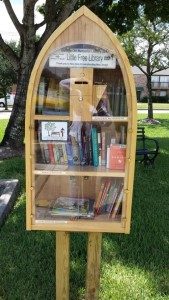 The Little Free Library Book offers many practical suggestions from how to install a counter to track visits to your library to how to deal with books that no one takes out or how to respond to problems that might come up with neighbors or city authorities. While problems have arisen in some places, mostly the reception is very positive. The Los Angeles Police Department has gone so far as to install LFL’s at their stations to encourage better community relations.
The Little Free Library Book offers many practical suggestions from how to install a counter to track visits to your library to how to deal with books that no one takes out or how to respond to problems that might come up with neighbors or city authorities. While problems have arisen in some places, mostly the reception is very positive. The Los Angeles Police Department has gone so far as to install LFL’s at their stations to encourage better community relations.
You might want to buy your LFL from the website or, if you want to build your own, there are detailed plans to be found in The Little Free Library Book. You can even find information on knitting your library a custom designed sweater!
By now you can tell that the LFL community is a zany and wildly creative bunch. The Little Free Library Book is an exciting report filled with beautiful photos, great stories and inspiring ideas. It’s worth a read even if you don’t want your own library. But beware. If you don’t want one now, you will after reading this book. Look for it in April, 2015. You can look for my library then too.
This is a guest post. My wife Carol wrote it. I am very much involved in the project, but Carol won’t let me paint.
